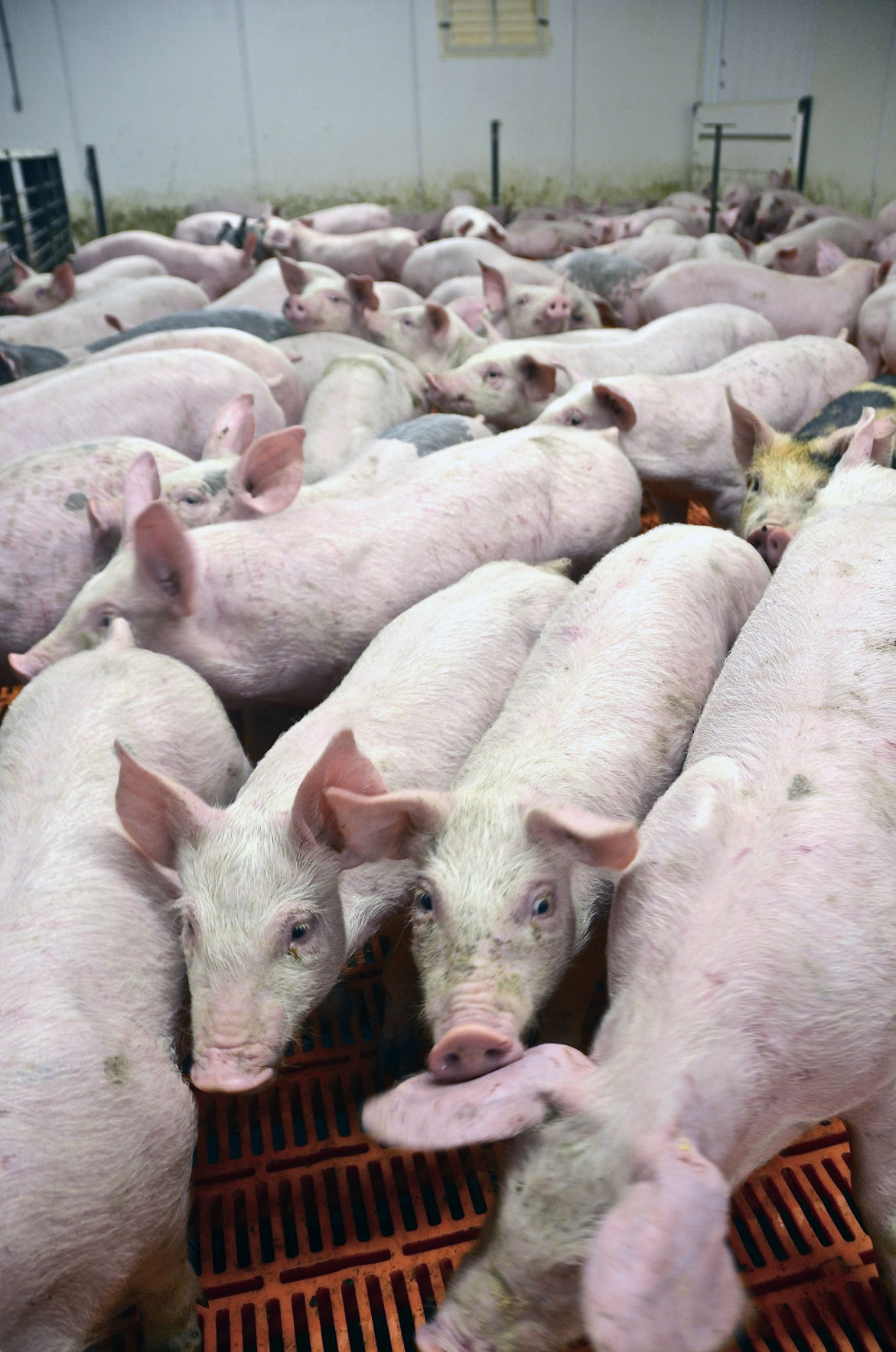The concern of a foreign animal disease entering the United States has become more real in the past few weeks with the spread of African Swine Fever in China.
Patrick Webb, director of swine health programs for the National Pork Board said, “Having the increased incidence of African Swine Fever in China increases the risk and we have to be more vigilant that this is a good wake up call to know we are protecting our herd here in the United States, because we certainly don’t want African Swine Fever here.”
African Swine Fever is a highly contagious viral disease. The first signs of infection are often sudden death. Symptoms include fever, anorexia, lethargy and weakness. Redness and blotching of the skin may also be seen on the ears, tail, legs and ham area. Other signs include bloody diarrhea and abortions in pregnant sows. ASF does not pose a threat to humans and is not a public health or food safety concern.
The National Pork Board, along with the National Pork Producers Council, the American Association of Swine Veterinarians, the Swine Health Information Center and the U.S. Department of Agriculture, are working even more closely together to help keep the U.S. free of ASF and all other foreign animal diseases. This includes focusing on the importation of feed ingredients, a key area of potential high risk of disease transport.
“Keeping trade-limiting foreign animal diseases, such as ASF, out of the United States is critical to pork producers,” said Steve Rommereim, National Pork Board president and pork producer from Alcester, South Dakota. “We all need to improve the overall level of FAD preparedness. We hope for the best, but we must prepare for the worst.”
Webb said preparedness has been a main focus of the Pork Checkoff while it continues to work toward increasing foreign exports. The National Pork Board has helped develop resources for hog producers to be more aware and prepared for foreign animal diseases.
These resources include fact sheets on biosecurity for pork producers to use on their farms and when traveling or hosting foreign visitors. Posters are available to show symptoms of foreign animal diseases, so employees know what to look for and report any concerns.
Checkoff-funded research conducted after the porcine epidemic diarrhea virus has helped swine industry experts now have some peer-reviewed science to rely on when looking at ways to mitigate the current risk posed by ASF in China and other countries. This includes work done on imported feed ingredients.
“Research has demonstrated the ability for certain feed ingredients to support viral survival during conditions modeled after either trans-Atlantic or trans-Pacific shipping to U.S. ports and on to locations likely to manufacture feed for swine,” said Paul Sundberg, director of the Swine Health Information Center. “For this reason, we want the entire U.S. pork industry to look at this research and consider ways that it can help us prevent an FAD from entering this country through this route.”
Webb said the USDA has an ASF response plan for federal and state government to take control and the pork industry to play a role in preventing disease from spreading should it make it to the U.S.
“This is the reason it’s so important for pork producers to be part of the Secure Pork Supply plan—so business can continue as quickly as possible,” Webb said. “We have many resources available for pork producers to know how to deal with crisis communication.”
SHIC-funded research cited by Sundberg shows viruses do have the potential to travel long distances via feed ingredients, which means producers need to ask questions of their feed suppliers regarding biosecurity programs, employee training, pest control, traceability and sources.
“I’m very encouraged to see how well our industry groups have come together during this time of heightened awareness of foreign animal disease threat to our industry,” Rommereim said. “It’s reassuring to know that we are using our collective resources to work with USDA to help put real measures in place that can help protect our farms from this potentially devastating disease threat.”
For more information on foreign animal diseases, preparedness and prevention, visit www.pork.org or www.securepork.org.
Jennifer Carrico can be reached at [email protected].




